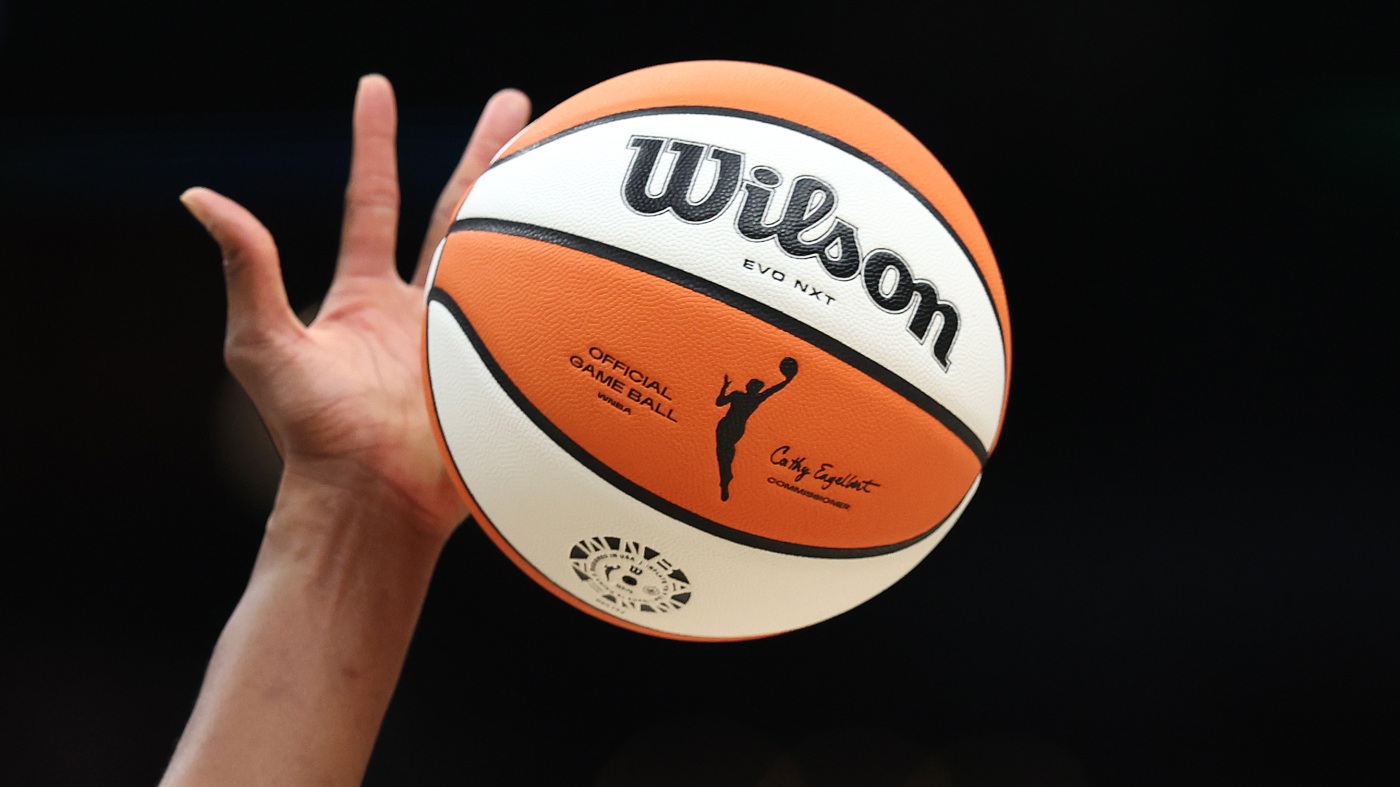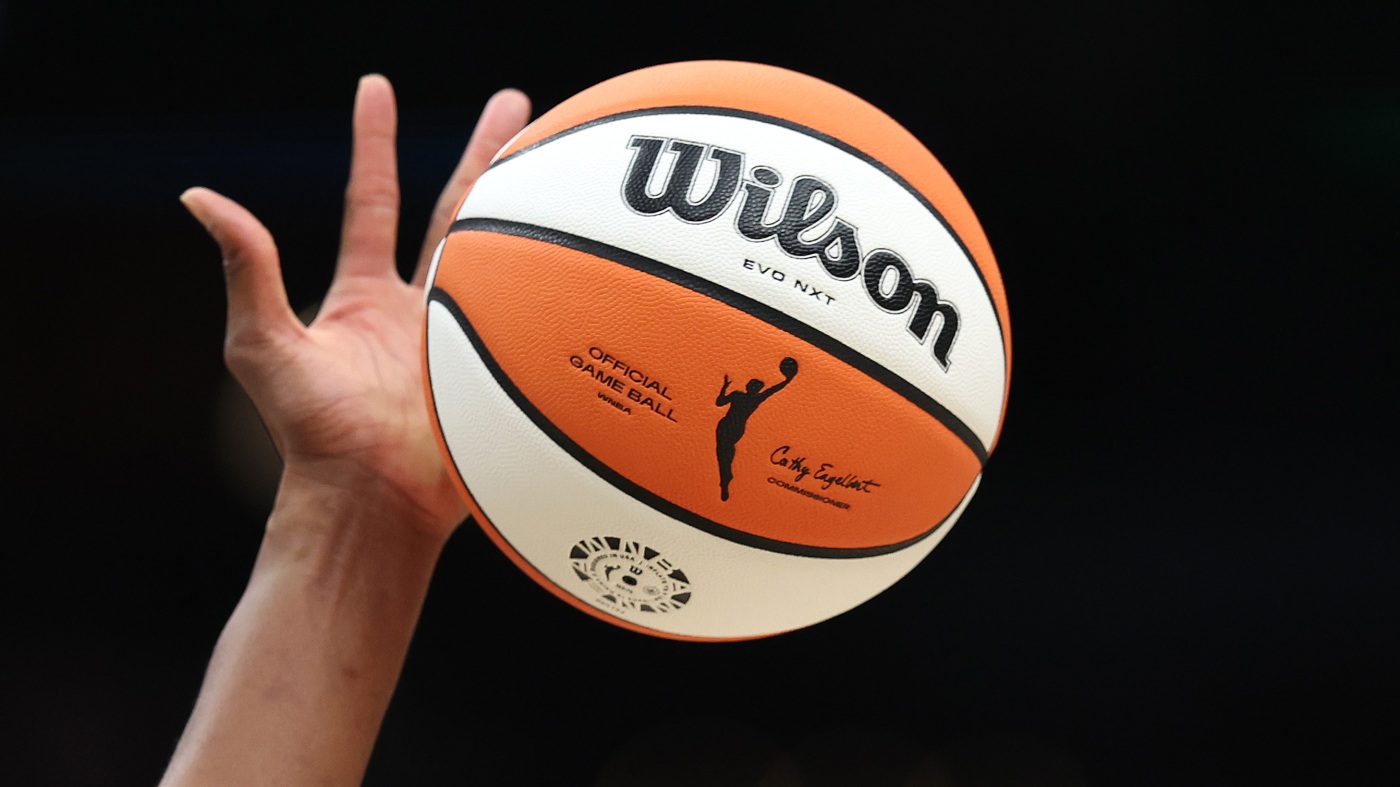The Women’s National Basketball Association (WNBA) is on the cusp of a transformative era, marked by an ambitious expansion plan that will see the league grow to 18 teams by 2030. This historic move, which includes the addition of three new franchises in Cleveland, Detroit, and Philadelphia, represents a pivotal moment for women’s professional basketball. The expansion not only underscores the league’s growing popularity and financial viability but also reflects a broader cultural shift toward greater investment in women’s sports. As the WNBA prepares to welcome these new teams, the implications for players, fans, and the sport as a whole are profound.
The WNBA’s decision to expand is a testament to the league’s resilience and evolving landscape. Since its inception in 1997, the league has experienced periods of growth and contraction, peaking at 16 teams in 2000 before some franchises folded in the early 2000s. The current expansion, however, is rooted in a different context—one characterized by surging interest in women’s sports, increased media coverage, and stronger financial backing. This growth aligns with broader trends in women’s athletics, where fan engagement, sponsorship deals, and broadcasting opportunities have all seen significant improvements. More teams mean more opportunities for athletes, coaches, and support staff, fostering a competitive environment that can attract and retain top talent.
The selection of Cleveland, Detroit, and Philadelphia as expansion cities is strategic, reflecting the WNBA’s goal of tapping into established basketball markets with passionate fan bases and strong sports cultures. Cleveland, home to the NBA’s Cavaliers, has a deep-rooted basketball tradition and a loyal fan base. Adding a WNBA team here provides an opportunity to showcase women’s professional basketball on a larger stage and cultivate a diverse sporting audience. Detroit, which has seen its NBA team relocate in recent years, stands to benefit from the addition of a WNBA franchise. The city’s vibrant sports community and growing interest in basketball make it an ideal candidate for expansion, potentially revitalizing local enthusiasm for the sport. Philadelphia, one of the largest metropolitan areas in the U.S., already boasts a strong NBA presence with the 76ers. The addition of a WNBA team here allows the league to capitalize on the city’s established infrastructure and passionate fan base, enhancing visibility and commercial opportunities.
The WNBA’s phased approach to expansion—with Cleveland joining in 2028, Detroit in 2029, and Philadelphia in 2030—is a deliberate strategy designed to ensure the success of each new franchise. This staggered timeline allows the league to methodically manage logistics, marketing, and community engagement for each team. It also provides ample time for infrastructure planning, ensuring that venues, training facilities, and community programs are well-established before the teams take the court. Additionally, the phased approach facilitates talent acquisition, allowing for expansion drafts, scouting, and player development to occur in a structured manner. Perhaps most importantly, it enables the league to build local awareness and excitement through grassroots campaigns, partnerships, and media outreach, ensuring that each new team has a strong foundation for success.
The expansion to 18 teams will have far-reaching implications for the WNBA and its players. One of the most significant impacts will be enhanced competitive balance. More teams create a larger distribution of talent, offering increased opportunities for emerging players and veterans alike. This expansion also increases job creation, as new teams will require players, coaches, trainers, front-office staff, and other roles critical for team and league operations. Broader fan engagement is another key benefit, as more regional representation can broaden the appeal of the league nationwide, potentially attracting diverse demographics and growing viewership figures. From a financial perspective, new franchises will harness corporate partnerships, local sponsorships, and broadcasting deals, strengthening the league’s economic foundation. Players, in particular, stand to benefit from expanded roster spots and the chance to compete at the highest professional level, further legitimizing women’s basketball as a sustainable career.
Despite the excitement surrounding the expansion, several challenges must be addressed to ensure its success. One of the primary concerns is the risk of talent dilution. Rapidly adding teams could potentially impact the quality of play in the short term, as the talent pool may not immediately expand to meet the demand. Strengthening player development pipelines will be crucial to sustaining high competition levels. Another challenge is market saturation. Ensuring that new teams find their niche without cannibalizing existing fan bases or oversaturating the professional basketball market is vital. Financial sustainability is also a key consideration, as launching franchises requires substantial capital investment. Teams must achieve financial viability through attendance, merchandising, media rights, and sponsorships. Finally, operational logistics, such as managing additional travel, scheduling, and league administration complexities, will require careful coordination.
Beyond the immediate impact on the league and its players, the WNBA’s expansion has broader cultural and societal implications. More teams and higher visibility mean increased role models for young girls and women aspiring to sports careers. This expansion emphasizes that professional women’s basketball is not only viable but thriving, encouraging further investment and media coverage. Additionally, placing new teams in historically industrial and diverse cities like Cleveland, Detroit, and Philadelphia highlights community inclusivity and offers new sources of civic pride. These franchises can become catalysts for social engagement programs, youth basketball initiatives, and local economic development, further enriching the cultural fabric of these cities.
In conclusion, the WNBA’s planned expansion to 18 teams by 2030, with franchises in Cleveland, Detroit, and Philadelphia, is a landmark development in professional women’s basketball. This move reflects the league’s growing stature, increasing demand for women’s sports, and strategic market development. While challenges exist, the phased approach and chosen markets enhance prospects for sustainable success. The expansion not only broadens opportunities for athletes but also enriches the cultural fabric of basketball in these cities and across the nation. As these new teams take the court in the coming years, they will not only compete for championships but also continue reshaping the landscape of sports in America. The WNBA’s bold move sends a powerful message: the future of women’s basketball is expansive, dynamic, and full of potential.








